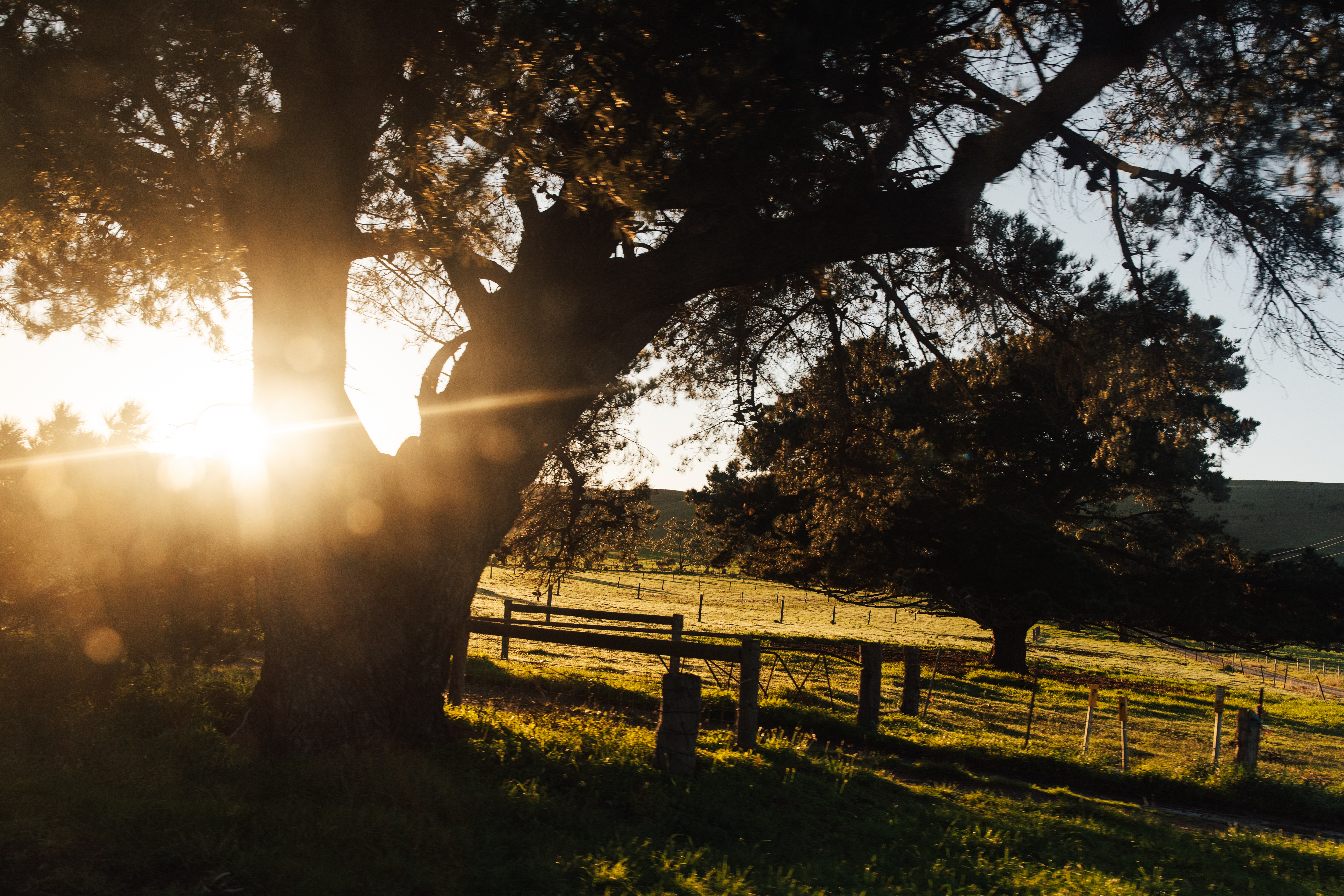
Sheep industry blueprint fosters research collaborations
The SA Sheep Industry Blueprint is focused on increasing the value and production of the sheep industry by 20 percent in the next five years. Several projects are underway to help achieve this overarching target.
Regional workshops
The SA Sheep Industry Blueprint recently held two regional workshops at Parndana and Mount Gambier. At Parndana 40 producers and industry stakeholders had input into Blueprint projects with a focus on reducing the impact of Sarcocystis and Toxoplasma on Kangaroo Island sheep production systems.
At Mount Gambier producers learnt about the significant increase in livestock production that can be achieved with fodder beet from University of Adelaide research scientist Michael Wilkes.
Lamb survival
The first of 10 on‐farm SA research sites is well into lambing at Sellicks Hill. The sites are part of a national project which will quantify the role of mob size and stocking rate at lambing on survival for single and twin born lambs.
The findings will help producers manage mobs of ewes by pregnancy status to achieve maximum lamb survival. Three sites are expected to be delivered in 2016 including two on the Limestone Coast.
The SA sites are supported by AWI, SA Sheep Industry Fund, University of Adelaide – Davies Research Centre, Landmark and Elders. The outcome will help in achieving Blueprint targets for weaning rate and increased lamb survival.
Merino Sire Evaluation
About 20 producers and industry stakeholders attended an initial meeting at Nuriootpa to establish a SA Merino Sire Evaluation Site. There was widespread support for an SA site that would be connected to eight other sites across Australia in the Australian Merino Sire Evaluation Network.
A site could have up to 14 rams evaluated each year for a range of wool, growth and carcase traits.
The sire evaluation approach allows ram breeders to compare genetic performance of individual rams with those from other ram breeding flocks and for elite genetics to be identified.
A site committee is currently being established with the expectation sire nominations will open for an early 2017 mating.
Carcase feedback
With support from the Sheep CRC and Primary Industries and Regions SA, JBS is investing in a hook tracking system to be installed at its Bordertown plant. There is a significant effort in developing improved measures of carcase value including for lean meat yield and eating quality.
The implementation of a hook tracking system represents an important step to ensure data collected on economically important traits can be assigned to individual carcases and will enable feedback to suppliers. This represents clear progress towards achieving the Blueprint target of ’35 per cent of sheep and lambs over‐the‐hooks have eating quality and lean meat yield consideration in price received’.
Rapid lice detection
University of Adelaide and PIRSA are developing a test for rapid and cheap detection of sheep lice.
The aim is for the test to be conducted in shearing sheds with results in as little as 20 minutes. The test will allow more effective lice control, better targeted treatment and reduce the likelihood of chemical resistance.
Stephen Lee is manager of the SA Sheep Industry Blueprint. SA sheep producers interested in becoming project collaborators can contact Stephen Lee at [email protected] or for more information on the Blueprint, visit www.livestocksa.org.au/bluep
